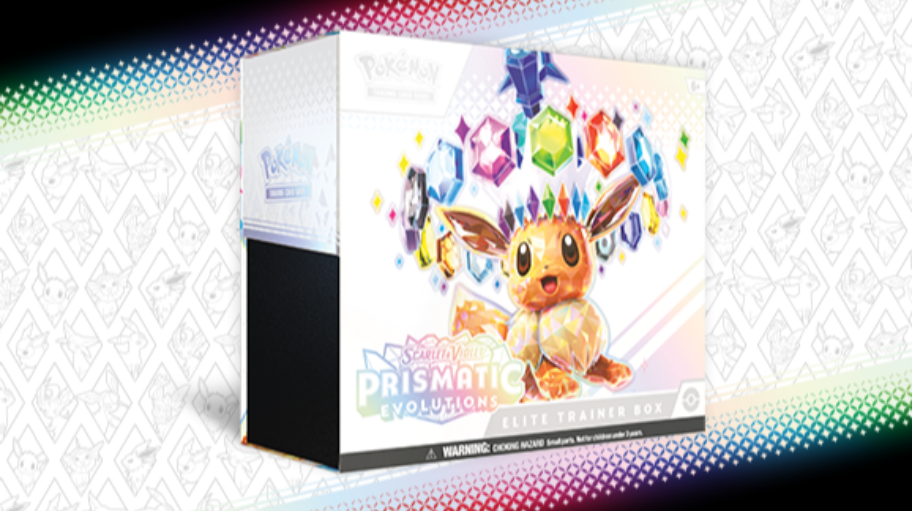Once a nostalgic past-time, Pokémon Trading Card Game (TCG) collecting has now morphed into a bustling spectacle akin to a frenzied gold rush. Visit a major retail store on any given Friday, and you’re bound to witness an unfolding scene that’s quintessentially 21st century: lines sprawling out the doors, teeming with eager collectors armed with their aspirations of snagging the latest card releases. Yet, what these hopeful hunters are engaging in is not just a simple collection but an epic saga where passion meets market economics, all eerily resembling the notorious sports card explosion of the 1990s. So, is the Pokémon TCG bubble bound to burst, or will it defy the odds?
**Restock Mania and Scalper Drama**
Every Friday has become a battleground. A day when the restocks arrive, marking the onset of a weekly ritual wherein collectors and scalpers face off in a contest of reflexes, strategy, and sometimes, sheer luck. It’s less about the love for Pikachu and more about who can fill their cart first. Scalpers, with their hawk-eyed precision and hasty purchasing, often dominate the field. Many of these savvy buyers, donning the strategical guise of retail opportunists rather than Pokémon enthusiasts, leverage their financial acumen, brandishing credit cards like swords in a fabled war of capture. Their objective? To hoard sealed boxes, tins, and booster packs—in essence, any shred of collectible cardboard that might inflate quickly in value, a veritable pot of gold.
The price? It’s steep, especially for casual fans and budding young trainers who find themselves sidelined in this commercial clash. Store shelves, once a repository of promise, are reduced to barren plains moments after restocking, as if a locust swarm had descended with vinyl rapture. For those left in the dust, the harsh reality manifests online, where the scalped products flaunt their inflated price tags, taunting the very essence of accessibility.
**Overprinting Concerns**
In a bid to satiate this ceaseless demand, The Pokémon Company has ramped up its printing presses to maximum capacity. It’s a logical business reaction—supply might’ve met demand if it wasn’t for the nuance of perceived scarcity. ‘Evolving Skies’ and ‘Crown Zenith,’ once coveted for their elusive allure, are now as prevalent as common weeds in a blooming garden. Add to the mix special editions such as the “Van Gogh Pikachu,” and you’ll see a perfect illustration of mythology breaching reality. This particular card, the “Van Gogh Pikachu,” portrays the issue in all its glory—over 40,000 copies have achieved the pristine PSA 10 grading. It doesn’t take a financial sage to discern the truth: the market is saturated, and what we consider rare is often just less common.
**Echoes of the 90s Sports Card Bubble**
Reminiscent of the sports card bubble that spanned the late ’80s into the early ’90s, the Pokémon TCG market is haunted by the same specter of calamity. Back then, card producers flooded the market with what was deemed ‘rare’—a word which quickly lost meaning when millions of identical units hit the market. The flooring of prices wasn’t just a dip; it was a nosedive into irrelevance for most collections, leaving a disillusioned legacy of cardboard that held dreams more than market value.
Fast forward to today, and the risk factors are alarmingly similar. Hyper-digitalized, modern-day Pokémon collectables sit precariously on a foundation of speculative purchasing, driven by a hype versus rarity paradox, and continually ballooning PSA grades. If unchecked, these could very well herald an economic downturn, reminiscent of its athletic predecessor.
**When Will the Bubble Burst?**
While predicting the precise moment this bubble might pop is as elusive as catching a Legendary Pokémon with a regular Pokéball, multiple indicators suggest saturation is lurking around the corner like Team Rocket. Scalpers, biting off more than they can chew through hefty credit card expenditures, might find themselves in a bind when liquidation becomes a necessity amidst plummeting values. Savvy collectors, sensing a market flooded with overprints, might retreat into cautious cocooning, further deflating prices with their absence.
Those in the know preach prudence and patience. After all, should history be consistent—and it has a notable penchant for repetition—the rapid swell of Pokémon TCG’s domain might just contract with equal vigor. Such has the world seen, that elusive treasures and genuine rarity, and not hype construed churned fantasies, diminish the test of time. The future of Pokémon TCG might teach us about moderation and the simple truth: authenticity reigns over mass allure in the grand tapestry of collectibles.

